
Non-GMO Project Verified Label vs USDA Certified Organic Label – Which is Best?
By Chelsea Vurciaga | 8 Comments | Posted 08/08/2016
As the Non-GMO Project Verified label gains in popularity, many people are left wondering if it is as good as the USDA Certified Organic label…or possibly even better than the organic one.
But, which one is REALLY best?
Not only does the USDA Certified Organic label mean that the product is non-GMO, but it also means a whole bunch more. According, to the Organic Trade Association, organic agriculture, which is governed by strict government standards, requires that products bearing the organic label are produced without the use of toxic and persistent pesticides and synthetic nitrogen fertilizers, antibiotics, synthetic hormones, genetic engineering or other excluded practices, sewage sludge, or irradiation.
On, the other hand, the Non-GMO Project Verified label ONLY means that the product is non-GMO.
Perhaps the best way to understand the shortcoming when relying on the Non-GMO Project Verified label vs the USDA Certified Organic one is to see what growing practices are accepted to gain each status. This was eloquently covered when an NPR reporter looked at a farmer who grows conventional, Non-GMO Project Verified AND Certified Organic crops:
“A good place to see what this means, in practice, is the farm near Cerro Gordo, Ill., where Allen Williams grows corn, soybeans and a variety of other crops. It’s an unusual farm, because Williams grows crops three different ways: Some are organic, some are “verified non-GMO” and some are genetically modified.
But the way Williams sees it, there are basically two kinds of agriculture here: certified organic and conventional. He considers both the non-GMO and the GMO crops to be conventional, because when it comes to farming practices, both are very similar.
For both of those groups of crops, he uses factory-supplied fertilizers and chemical weedkillers. The only real difference is, he can use a cheaper weedkiller — glyphosate — on the genetically modified soybeans, and spray it right on top of the crops.
Then Williams shows me his organic farming. That’s a whole different system. His organic soybeans are also non-GMO, but that’s only a tiny part of what makes them organic. He points out a huge pile of chicken manure, which he will use as fertilizer. To control the weeds, he doesn’t spray chemicals. Instead, he brings in local high school students who walk the rows and clear out the weeds by hand.” Read the full NPR article here.
As you can see, conventional growing practices such as using chemical weedkillers are utilized when growing the Non-GMO crops. This might come as a shock to many who automatically equate Non-GMO Verified with a chemical-free crop. On the other hand,when it comes to the farmer’s Certified Organic growing practices, he is using non-GMO seed AND completely different and non-chemical fertilizer and pest control mechanisms.
Now that’s food for thought…


 Contact us
Contact us






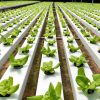








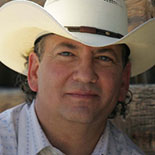





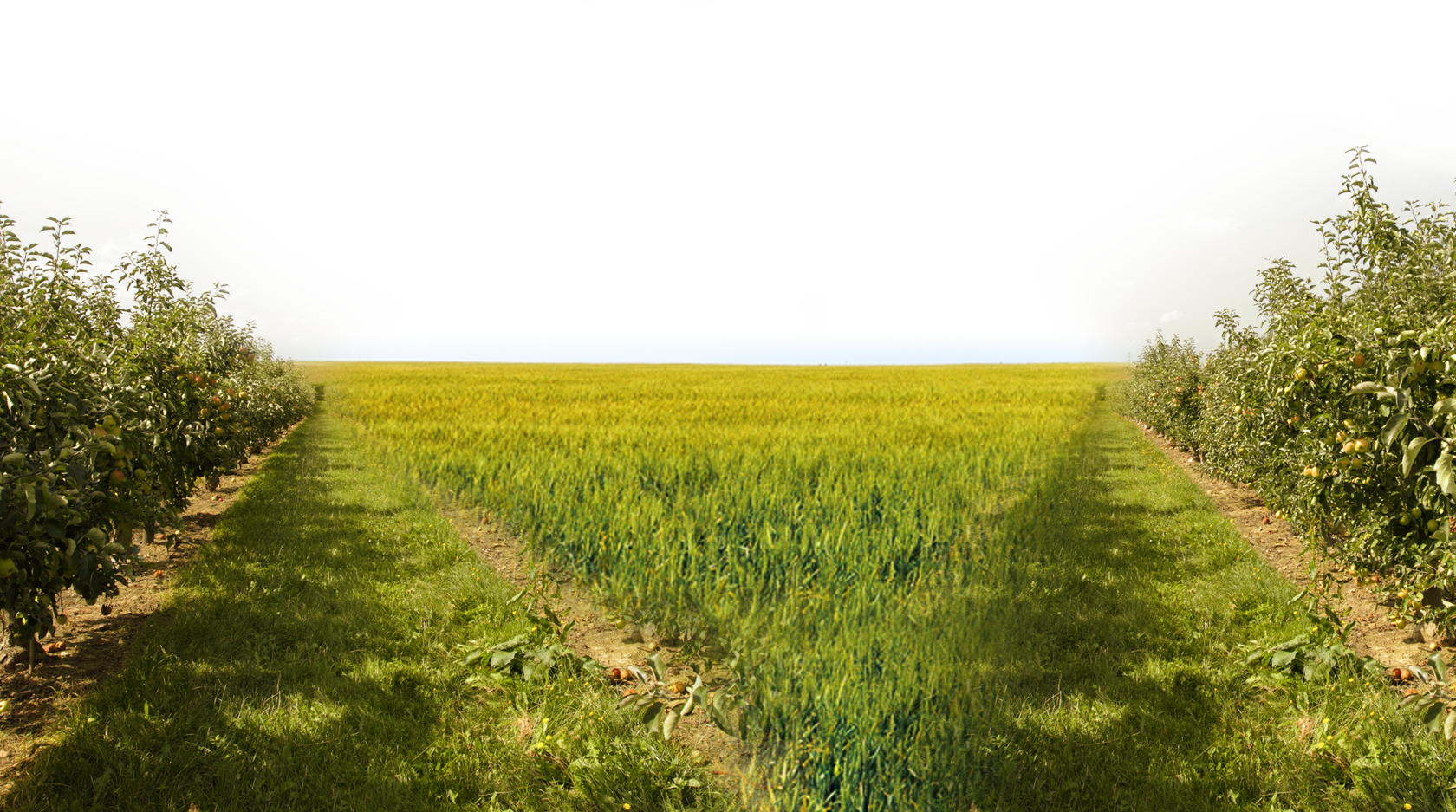

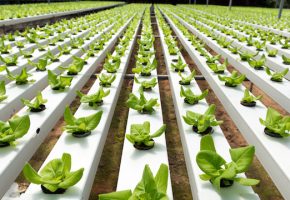

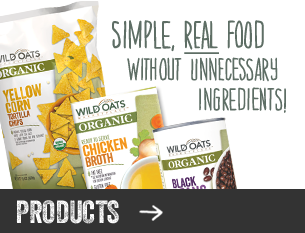


8 Responses to Non-GMO Project Verified Label vs USDA Certified Organic Label – Which is Best?